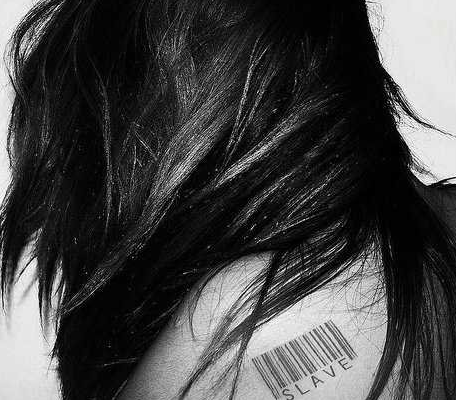The media can be a powerful contributor to prevention strategies. However, if not sensitive to the risks, pitfalls and potentially adverse impact of careless, indiscrete or insensitive reporting, it can contribute to the difficulties in confronting trafficking by stigmatizing victims and jeopardizing investigations and prosecutions (see, e.g., Houston-Kolnik, Soibatian, and Shattell, 2017; Pajnik, 2010). For more details on the contribution of the media in the fight against trafficking in persons, see
Module 10.
Is the media helping or harming anti-trafficking efforts?

(…) Any undergraduate journalism student learns about agenda-setting and cultivation theory, or the power of the media to shape individuals' general beliefs about the world and their specific attitudes toward certain issues. The issues and subjects the mass media select and portray more frequently and prominently lead people to assume and act as if those issues are most important.
The frequency with which the media uses images such as the one pictured above poses several dangers to counter-human trafficking efforts:
- Attaching images like this one to human trafficking coverage cultivates the misconception that human trafficking is primarily about commercial sex and primarily happens to women and girls. In reality, trafficking for forced labour is increasingly prevalent and goes mostly undetected. And even within sex trafficking, men and boys are exploited, albeit in smaller numbers. While sex trafficking is an important problem to combat, it shouldn't be at the expense of also focusing on labour trafficking.
- An emphasis on sex trafficking to the exclusion of labour trafficking skews legislative protection and service provision for trafficking survivors. Most legislation - including the US Trafficking Victims Protection Act - focuses almost exclusively on women and girls exploited in commercial sex. It's not a stretch to correlate this legislative focus with the high levels of media coverage about this specific segment of trafficking.
- This image is simplistic and sensationalized. It grabs the viewers' attention, but at what cost? Placing the word "slave" on the woman's bare shoulder imposes a label she most likely has not chosen for herself, and this label ignores the complexities of human trafficking. Simplifying and sensationalizing victims' and survivors' experiences is insensitive and disempowering. When covering a sensitive topic such as human trafficking, the media must be careful to not inflict more harm on individuals who have already endured exploitation. This includes understanding the subject matter of the photos used and making every effort to have written permission to publish any image of someone who was formerly a victim of trafficking. This permission should come from either the individual, a parent or guardian if the subject is under 18 years of age, or from an organization representing the survivor.
- The goal of anti-trafficking efforts is to un-commodify human beings, but sexualized and evocative images like this - and the hundreds of others like it - only further commodify women. The barcode on the woman's shoulder sends the message that she is a sex product to be bought and sold - exactly the message anti-trafficking work should be trying to counter. All images included in anti-trafficking messaging should send messages of empowerment. Polaris, Anti-Slavery International and Free the Slaves, for example, have images and messaging that are careful to empower rather than simplify and commodify the plights of survivors of trafficking.
In a world saturated with mass media, anti-trafficking activists can't ignore the influence of images like this one. Media influences public opinion, which in turn influences decision-makers, who then dictate policy formation. This places the media at the root of the perpetuation of misinformation that can spiral into negative outcomes for those who have experienced trafficking.
The public's capacity to formulate and express opinion is the basis of democracy. But because public opinion and media coverage are so closely related and both directly affect policy, it's vital that we as consumers exercise due diligence in looking past surface images and news coverage to find the true answers. It's also time for journalists to dig deeper into the issue of human trafficking to portray it more responsibly, sensitively and ethically. Only when these things happen will the counter-human trafficking community find the answers that best protect, support and empower all victims and survivors.
